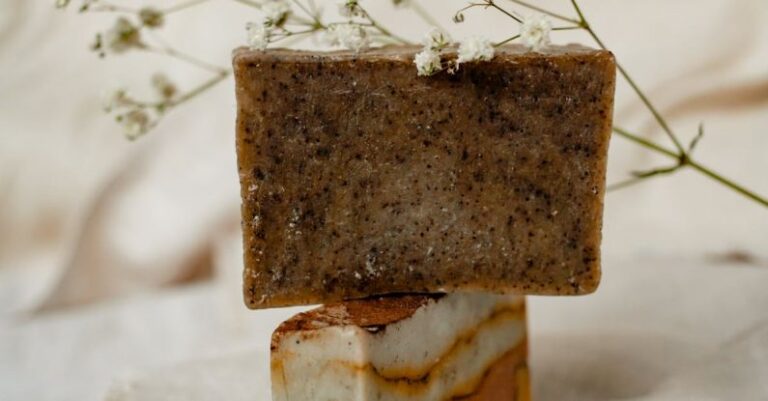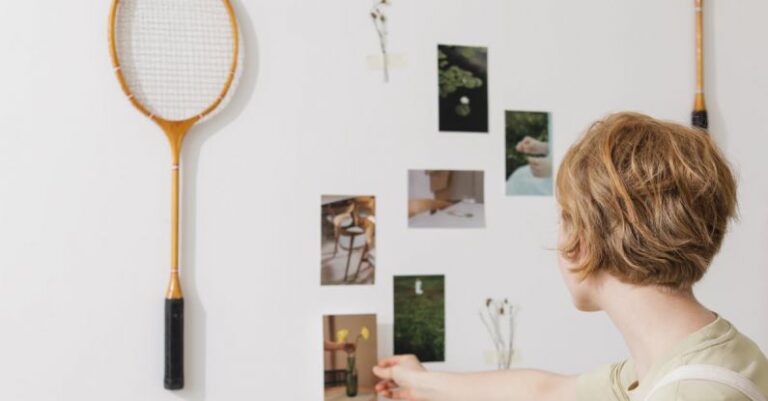
Growing your own kitchen herb garden can be a rewarding and practical way to add fresh flavors to your cooking while also enhancing the aesthetics of your home. Imagine having a collection of fragrant herbs just a few steps away from your kitchen, ready to be picked and added to your favorite dishes. Creating your own kitchen herb garden is easier than you might think, and with a little planning and care, you can enjoy a bountiful supply of herbs all year round.
Choosing the Right Location
Selecting the perfect spot for your kitchen herb garden is crucial for the success of your plants. Most herbs thrive in a sunny location, so choose a spot that receives at least 6-8 hours of sunlight per day. A south-facing window or a sunny spot on your balcony or patio can be ideal for growing herbs. If you don’t have access to natural sunlight, consider using grow lights to ensure your herbs get the light they need to grow healthy and strong.
Selecting the Herbs
When deciding which herbs to grow in your kitchen herb garden, consider the herbs you use most frequently in your cooking. Popular herbs for kitchen gardens include basil, parsley, mint, rosemary, thyme, oregano, and chives. Choose a variety of herbs that you enjoy using to create a diverse and flavorful herb garden. You can start with a few herbs and gradually expand your collection as you gain more experience in herb gardening.
Choosing Containers
Herbs can be grown in a variety of containers, including pots, planters, hanging baskets, or even repurposed containers like mason jars or tin cans. Make sure your containers have drainage holes to prevent water from pooling at the bottom, which can lead to root rot. Select containers that are large enough to accommodate the root systems of your herbs and provide adequate room for growth. You can also get creative and personalize your containers to add a touch of style to your herb garden.
Preparing the Soil
Good soil is essential for the health and growth of your herbs. Use a well-draining potting mix that is rich in organic matter to provide your herbs with the nutrients they need to thrive. You can also add perlite or sand to improve drainage and prevent waterlogged soil. Before planting your herbs, make sure to loosen the soil and remove any debris or weeds to create a clean and healthy environment for your plants.
Planting and Caring for Your Herbs
When planting your herbs, gently loosen the roots and place them in the prepared containers at the same depth they were growing in their nursery pots. Water your herbs thoroughly after planting and place them in a sunny location where they can receive adequate sunlight. Water your herbs regularly, ensuring that the soil is moist but not waterlogged. Overwatering can be detrimental to herbs, so allow the soil to dry out slightly between waterings.
Harvesting and Using Your Herbs
One of the joys of having a kitchen herb garden is being able to harvest fresh herbs whenever you need them. Most herbs can be harvested by snipping off the top few inches of the stems with sharp scissors or pruners. Regularly harvesting your herbs will encourage new growth and help your plants stay healthy and productive. Fresh herbs can be used to add flavor to a wide range of dishes, including salads, soups, stews, pasta, and more. Experiment with different combinations of herbs to discover unique flavor profiles that enhance your culinary creations.
Maintaining Your Herb Garden
To ensure the long-term success of your kitchen herb garden, it’s important to provide ongoing care and maintenance to your plants. Regularly check your herbs for signs of pests or diseases and take prompt action to address any issues that may arise. Fertilize your herbs periodically with a balanced fertilizer to replenish nutrients in the soil and promote healthy growth. Prune your herbs as needed to maintain their shape and encourage bushier growth. With proper care and attention, your kitchen herb garden will continue to provide you with fresh herbs for months and even years to come.
In conclusion, creating your own kitchen herb garden is a fulfilling and practical way to enjoy the benefits of fresh herbs right at your fingertips. By choosing the right location, selecting the herbs you love, using suitable containers, preparing the soil, and providing proper care and maintenance, you can cultivate a thriving herb garden that adds flavor and beauty to your home. With a little time and effort, you can create a sustainable source of fresh herbs that will elevate your cooking and bring joy to your everyday life. Start your own kitchen herb garden today and experience the joy of growing and using your own fresh herbs.





